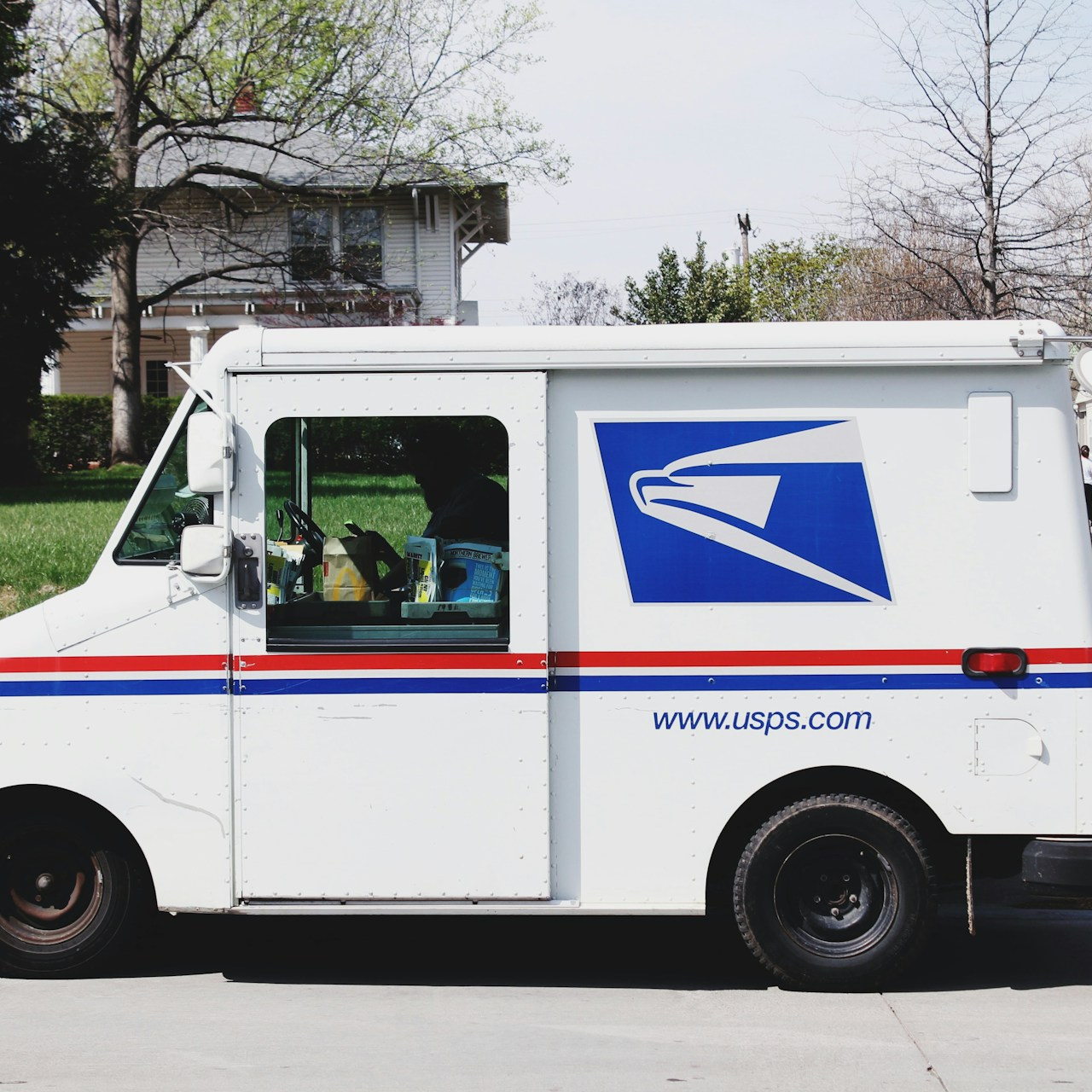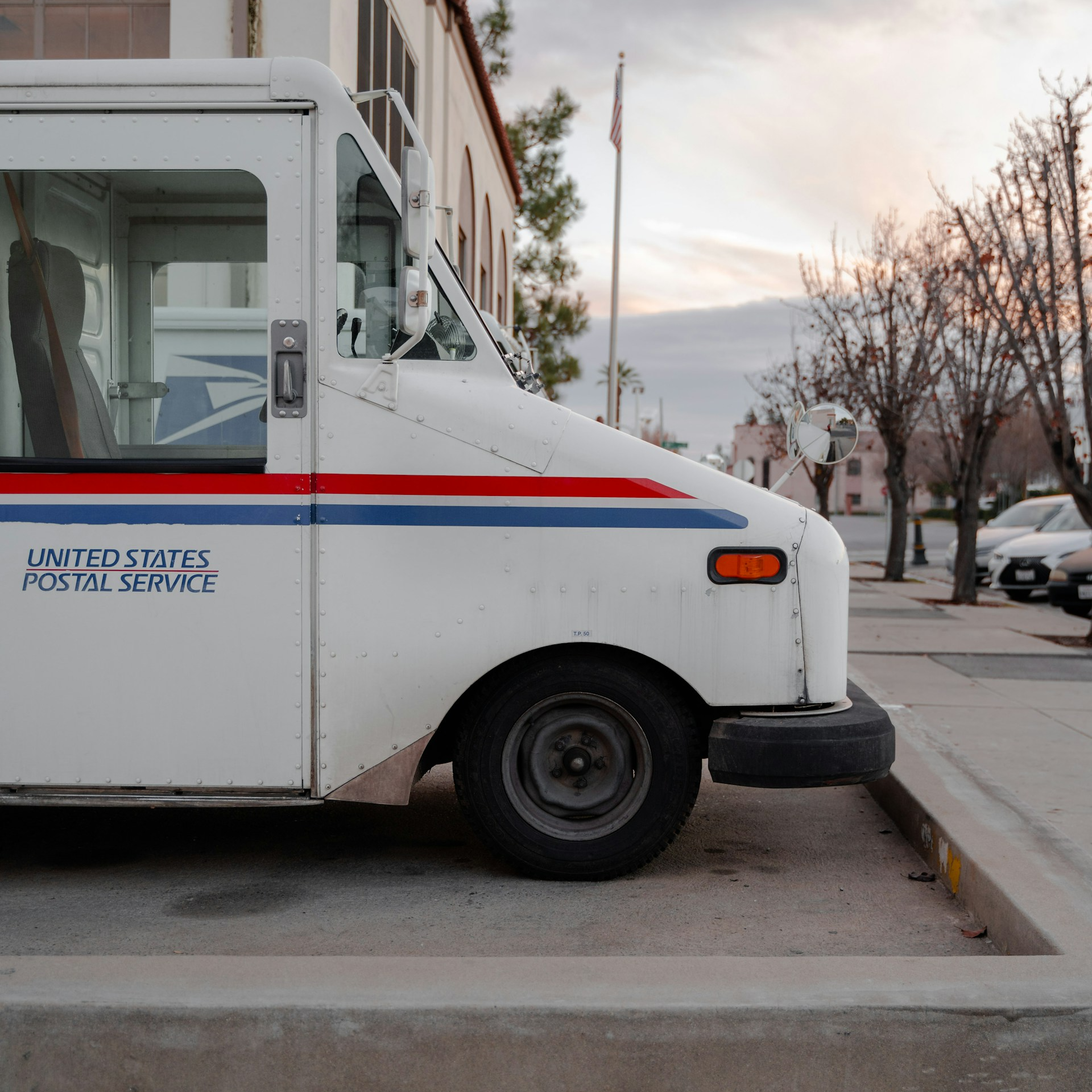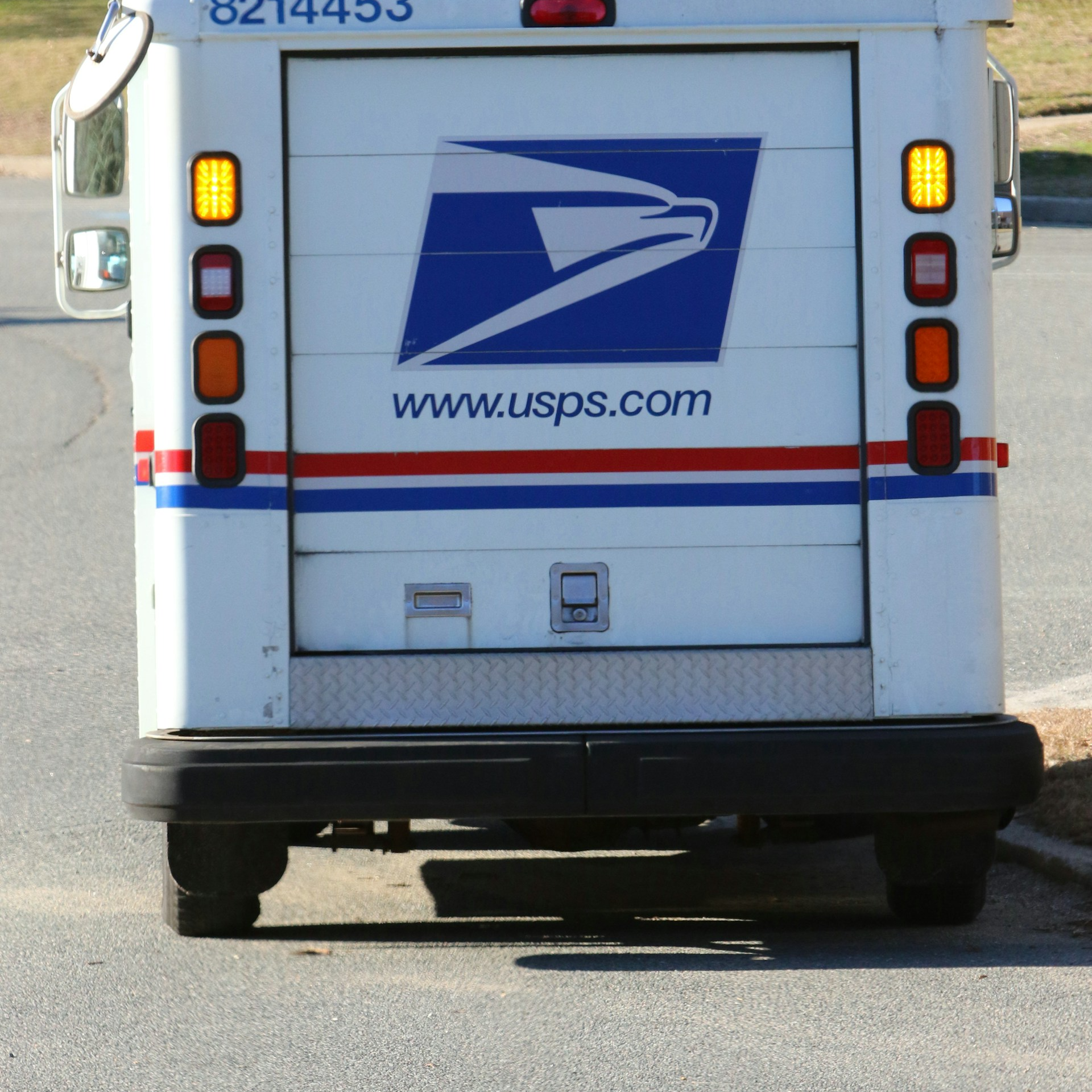Key Takeaways
-
Medicare and PSHB together provide robust health coverage for postal retirees, helping you stay protected throughout retirement.
-
Understanding how these programs complement each other can help you maximize your benefits while reducing out-of-pocket costs.
How PSHB Supports Postal Retirees’ Healthcare Needs
The Postal Service Health Benefits (PSHB) program is tailored to meet the healthcare needs of postal retirees and their families. As of 2025, PSHB officially replaced the Federal Employees Health Benefits (FEHB) for USPS employees, annuitants, and their eligible dependents. If you’ve retired or are planning to retire from the Postal Service, understanding how PSHB works and integrates with Medicare is essential.
Unlike the general FEHB program, PSHB offers specific features designed to complement Medicare for retirees who are 65 or older. This means you’ll have access to more comprehensive coverage options, potentially lower out-of-pocket costs, and coordination of benefits that simplify managing your healthcare. Let’s break down how it all fits together.
Medicare Basics for Postal Retirees
Medicare is a federal health insurance program that provides coverage for people aged 65 and older or those with certain disabilities. As a postal retiree, you become eligible for Medicare just like other Americans, and enrolling in it is an important step to ensure your healthcare needs are met.
Here’s a quick refresher on Medicare:
-
Part A (Hospital Insurance): Covers inpatient hospital stays, skilled nursing care, and hospice care.
-
Part B (Medical Insurance): Covers doctor visits, outpatient services, and preventive care.
-
Part D (Prescription Drug Coverage): Covers medications prescribed by your doctor.
Most postal retirees will rely on a combination of Medicare Parts A and B, alongside their PSHB plan, to ensure they have robust health coverage.
How Medicare and PSHB Work Together
When you become eligible for Medicare, your PSHB plan coordinates with Medicare to provide seamless health coverage. This partnership ensures that each program’s strengths are utilized, reducing gaps in coverage and minimizing your financial burden. Here’s how:
Primary and Secondary Payers
Medicare typically becomes the primary payer for retirees. This means Medicare pays first for covered services, and your PSHB plan acts as the secondary payer. For example, if you need surgery, Medicare will cover a significant portion of the costs, and your PSHB plan will pick up much of the remaining expenses, such as deductibles or coinsurance.
Cost Savings with Medicare Integration
One major advantage of enrolling in both Medicare and PSHB is the potential for cost savings. Many PSHB plans reduce or waive deductibles, copayments, and coinsurance for retirees enrolled in Medicare Part B. This integration is designed to lower your overall out-of-pocket healthcare expenses.
Prescription Drug Coverage
Your PSHB plan includes prescription drug benefits, and when you’re enrolled in Medicare, these benefits are coordinated through a Medicare Part D Employer Group Waiver Plan (EGWP). This setup offers you enhanced drug coverage and protections, such as the new $2,000 out-of-pocket cap for prescription drugs under Medicare Part D in 2025.
Enrollment Timeline and Requirements
Timing is everything when it comes to coordinating your Medicare and PSHB benefits. Missing key enrollment periods could lead to gaps in coverage or penalties.
Medicare Enrollment Periods
-
Initial Enrollment Period (IEP): Lasts for seven months, starting three months before the month you turn 65 and ending three months after.
-
General Enrollment Period (GEP): Runs from January 1 to March 31 each year for those who missed their IEP, with coverage beginning July 1.
-
Special Enrollment Period (SEP): Available if you’re still working and covered by an employer’s health plan when you turn 65, allowing you to delay Medicare enrollment without penalties.
PSHB Enrollment for Retirees
Once you’re retired, you must ensure you’re enrolled in a PSHB plan to maintain coverage. If you or your dependents are eligible for Medicare, you’ll need to coordinate your PSHB benefits with Medicare enrollment. For those retiring in 2025, Medicare Part B enrollment is required for PSHB coverage unless you qualify for an exemption.
Managing Costs with Medicare and PSHB
Combining Medicare and PSHB can significantly reduce your healthcare expenses, but understanding the financial details is crucial.
Premiums and Contributions
You’ll pay separate premiums for Medicare Part B and your PSHB plan. The government contributes approximately 70% of the total cost of PSHB premiums, making the remaining portion more manageable. Planning for these premiums in your retirement budget is essential.
Out-of-Pocket Maximums
Both Medicare and PSHB plans have out-of-pocket maximums that cap your annual healthcare spending. For 2025, the PSHB program has set out-of-pocket maximums at $7,500 for Self Only plans and $15,000 for Self Plus One and Self and Family plans for in-network services. These caps provide financial peace of mind, especially for high-cost medical needs.
Additional Savings Opportunities
Some PSHB plans offer additional benefits for Medicare enrollees, such as reimbursements for Medicare Part B premiums or reduced cost-sharing for specific services. Review your plan’s brochure to ensure you’re taking full advantage of these perks.
Key Benefits of Medicare and PSHB Integration
When Medicare and PSHB work together, the result is comprehensive coverage that adapts to your needs in retirement. Here are some key benefits:
-
Broader Coverage: PSHB supplements Medicare’s benefits, filling in gaps like extended hospital stays or additional outpatient services.
-
Financial Protection: With Medicare as your primary payer, you’ll enjoy reduced out-of-pocket expenses for services covered by both programs.
-
Simplified Billing: Coordination between Medicare and PSHB streamlines the claims process, reducing administrative hassles for you.
-
Enhanced Drug Coverage: Combining PSHB’s prescription benefits with Medicare Part D ensures you’ll have access to affordable medications, even for high-cost prescriptions.
-
Access to Preventive Care: Both Medicare and PSHB prioritize preventive services, helping you stay healthy and catch potential issues early.
Tips for Choosing the Right PSHB Plan
Selecting the best PSHB plan for your needs involves considering how well it integrates with Medicare and supports your healthcare priorities. Here are some tips to help you make the right choice:
Evaluate Your Healthcare Needs
Start by assessing your current health and any anticipated medical needs. Do you require frequent specialist visits, or do you expect high prescription drug costs? Knowing your healthcare patterns will guide your decision.
Compare Plan Features
PSHB plans vary in terms of cost-sharing, coverage limits, and additional benefits. Pay close attention to deductibles, coinsurance, and out-of-pocket maximums, as these can significantly impact your overall costs.
Review Medicare Coordination Benefits
Check how each PSHB plan coordinates with Medicare. Look for features like waived deductibles, lower copayments, and premium reimbursements for Medicare enrollees.
Stay Informed During Open Season
Each year, during the PSHB Open Season (November 11 to December 13 in 2025), you have the opportunity to review and change your plan. Use this period to explore new options, especially if your healthcare needs have changed.
Preparing for a Healthy Retirement
As you transition into retirement, having the right health coverage is vital to enjoying your golden years. Medicare and PSHB together provide a safety net that ensures you’re prepared for whatever healthcare challenges come your way. By understanding how these programs complement each other, you can maximize your benefits, minimize your expenses, and focus on what truly matters—living a fulfilling and healthy retirement.












